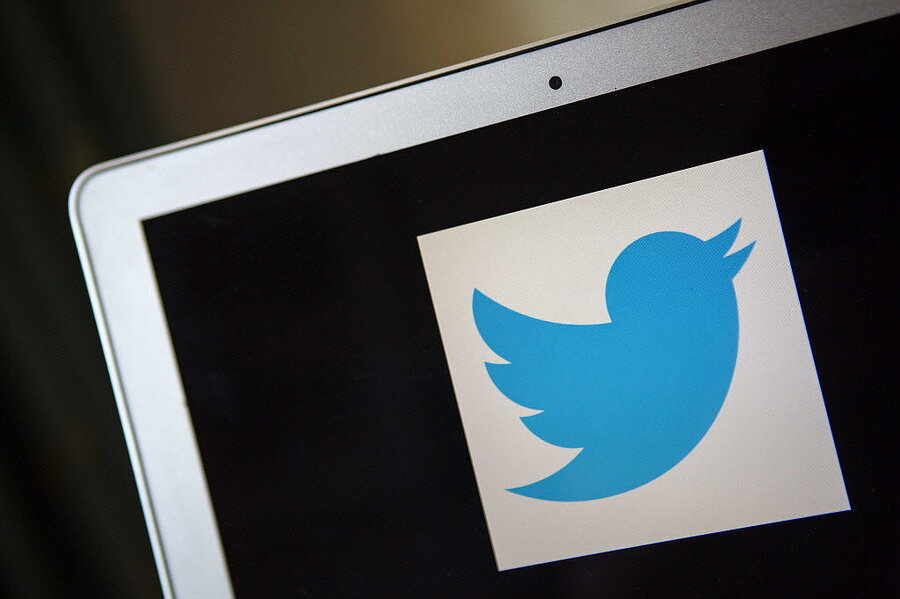Can mentoring fix Twitter's diversity problem?
Loading...
Twitter released a diversity report this week that shows the company is right in line with Google, Facebook, and LinkedIn for having employees that are primarily male and white or Asian.
In a company blog post titled "Building a Twitter we can be proud of," the company identified 60 percent of its employees as white and 70 percent as male.
Meanwhile, blacks, Native Americans, Pacific Islanders, and Hispanics hold a combined total of less than 7 percent of the company’s United States-based employees.
Just 30 percent of its employees are women, but once administrative, advertising, sales, and other non-tech employees are filtered out, only 1 in 10 is a woman.
“It makes good business sense that Twitter employees are representative of the vast and varied backgrounds of our users around the world,” the Twitter blog says. “We also know that it makes good business sense to be more diverse as a workforce – research shows that more diverse teams make better decisions, and companies with women in leadership roles produce better financial results.”
Twitter is definitely not alone in showing low diversity numbers.
Google’s most recent diversity report listed 61 percent white, 31 percent Asian, 2 percent black, and 3 percent Hispanic employees in its overall makeup.
In June, Facebook reported its employee diversity levels. Facebook’s technical roster of employees is 85 percent male, while non-tech team members are 53 percent male, and senior-level employees are 77 percent male.
Facebook's technical employees are 53 percent white, 41 percent Asian, 3 percent Hispanic, and 1 percent black. Senior-level employees are 74 percent white, 19 percent Asian, 4 percent Hispanic, and 2 percent black.
Meanwhile, LinkedIn’s current diversity balance stands at 61 percent male, 53 percent white, and 38 percent Asian, leaving just seven percent to black and Hispanic employees.
These numbers may leave many wondering if there is a viable solution to this problem that is clearly afflicting tech companies across the board.
“One of the best ways for tech companies to build a more diverse employee pipeline is through youth mentoring; by supporting and encouraging their employees’ engagement in youth mentoring through time-off policies and partnerships with mentoring programs," says David Shapiro, chief executive officer of MENTOR: The National Mentoring Partnership, in an e-mail.
Mr. Shapiro is in the news this week as President Barack Obama announced a partnership between MENTOR and the National Basketball Association to help inspire more men of color to become mentors.
“When young people of color and young women and girls are mentored by professions from [science, technology, engineering, and math] fields, they begin to see a future for themselves that they might not have thought possible – especially if they’re mentored by professionals who share aspects of their backgrounds,” Shapiro adds.
“I am not surprised at all by the Twitter diversity figures, nor by any tech company’s diversity figures,” says Arthur Bowman, a professor of biology at Norfolk State University, a historically black college, and past president of the Virginia Children’s Engineering Council.
The retention and graduation rates for young men and women of color are trailing behind those of their white and Asian counterparts, according to a 2013 survey conducted by the Institute of Educational Sciences.
“Forget about technology," says Dr. Bowman. "The graduation rate here at NSU [for black men] is at 24 percent. We would be thrilled to make it up to the 40 percent rate of graduation that other [historically black colleges and university] have.”
Perhaps the solution is less in the hiring process and more in the education and mentoring resources available to potential candidates, he says.
“Adult mentors can foster interests and learning," says Shapiro, "and thereby build a stronger, more diverse workforce.”








